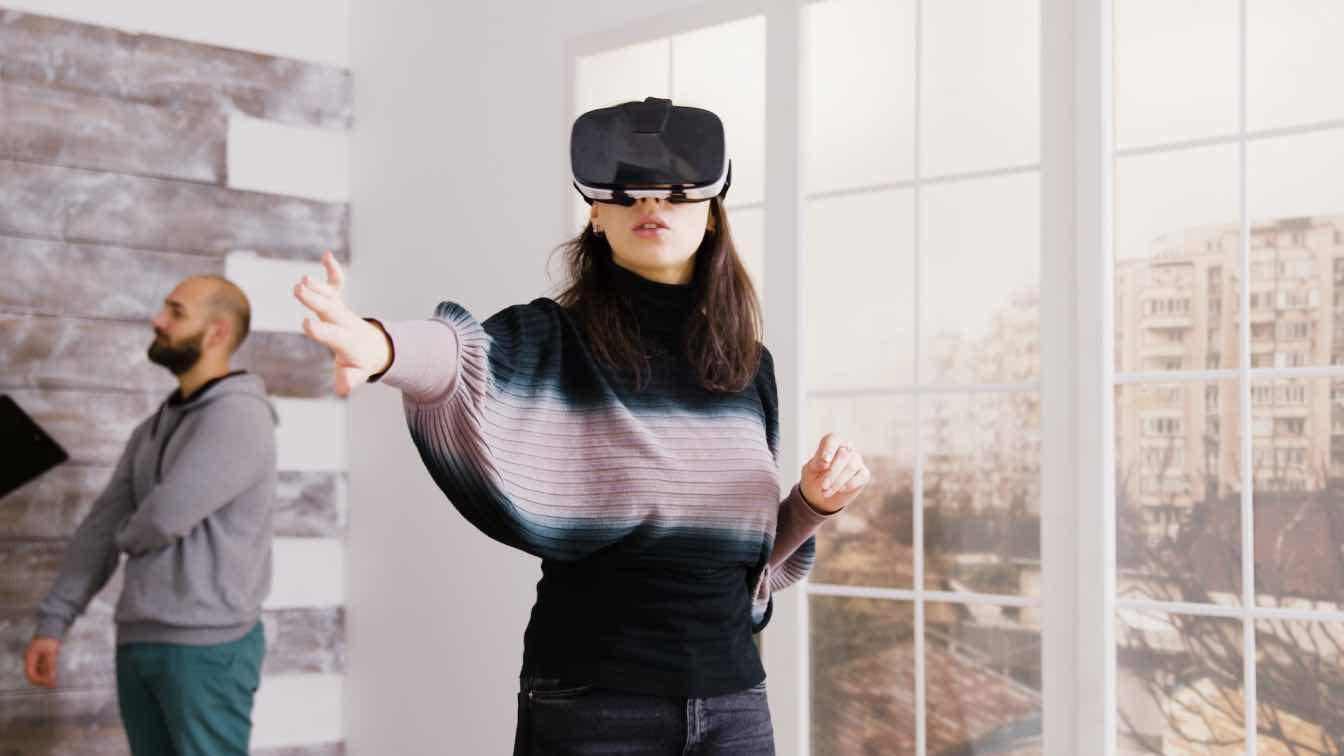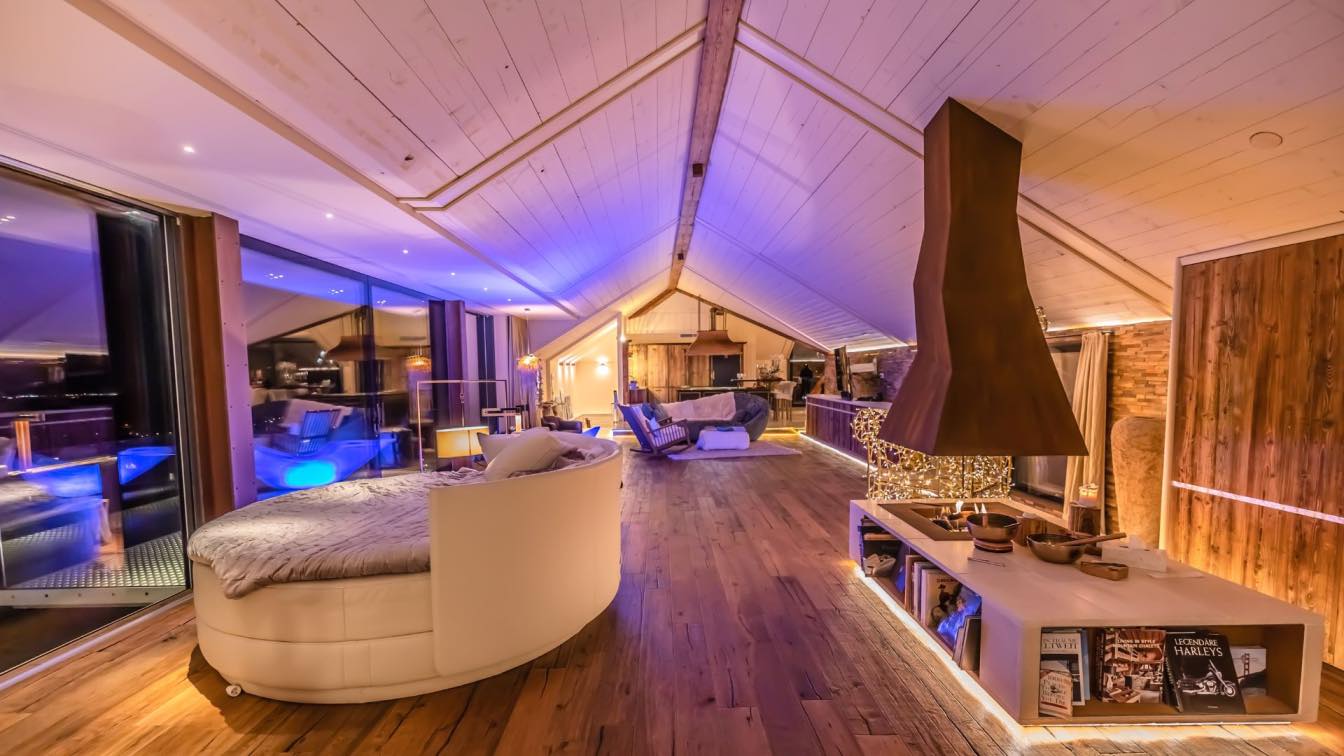Architecture as a profession is usually dubbed as among the two oldest ones in the world, long serving as the space where those with a knack for building imagine new realms and the consequent new lifestyles. For the larger part, people had no other option but to scrutinize a house or building and then set foot in the respective area, synchronizing schedules with estate sellers’ working programs and losing considerable time visiting properties that didn’t hit the spot. As this particular limitation was often a deal breaker, having people waste time and money with no good use, the emergence of the Metaverse and its permeation of the architecture field represents one of the industry’s most beneficial developments. Not only is it possible to visit homes remotely, spot flaws, and forward the proper requirements to architects during the design phase, but one can also pay for operations and materials in cryptocurrency when one finds the Bitcoin price appealing enough.
It goes without saying that technologies like blockchain and Metaverse AR and VR have changed the field forever, and it’s only a matter of time before remote visits and cryptographic payments become the norm. However, excluding all the physical barriers in trades is the perk that the bulk of future-oriented architects look to, all the more as estate buyers can pay in numerous ways already – but when it comes to scanning the home, things tend to complicate. Or, they would’ve complicated it if it wasn't for the Metaverse.
So, what does the Metaverse bring to architects’ table?
Immersive designs
Gone are the days when architects would only have renderings and bidimensional blueprints. Now, creators can develop comprehensive three-dimensional representations of their designs via Metaverse, helping customers remotely visit spaces and get a feel for the facilities, ambiance, and overall layout without going physically on the terrain. The extent to which immersion is possible improves clients’ capacity to understand what the architect offers and how more visions can collide, resulting in a successful design. As such, buyers can reduce the time it would usually take for them to achieve the space of their dreams as they can make more informed decisions about materials and other design aspects.
Such a result saves architects money and time, too, since they find a shortcut to understanding their clients’ visions. Some of the world’s powerhouses in retail offer great examples to look into, such as Samsung’s one. The mammoth created a store named 837X that provides an experiential playground where clients can gain exclusive non-fungible tokens after finishing quests and visit the surroundings as part of the offered experience – all without leaving the comfort of their homes. Similarly, future-looking architects can do the same. Metaverse sets examples for all industries to follow, with the architecture field being one of the biggest ones that stand to profit from this technology.
Sustainability and efficiency
Among the greatest perks of Metaverse’s inclusion in architecture is its capacity to simulate and assess different building aspects, including material usage, lighting, and energy consumption. Architects may employ such mockups to improve designs’ sustainability and efficiency, consequently slashing the construction’s carbon footprint and overall environmental impact. Moreover, buyers get to rejoice over discounted operating costs, making metaverse usage an unmatched competitive advantage for the architect who stays on top of the technology.
Metaverse provides numerous opportunities for architects and designers across every stage of the building. It allows them to build three-dimensional models of buildings and enhances their understanding and visualization of their initiatives before they commence and finish the project. It can also be employed for the management and upkeep of the building after the project is done. For instance, by incorporating sensors built with the IoT (Internet of Things) in buildings, owners can rest assured knowing they’re informed about anything happening with the property.
Crowdsourced design ideas
Metaverse enables architects to access a new resource for creativity, namely international communities with hard-to-find skills. Through crowdsourced ideas and design brainstorming sessions, professionals can unlock ground-breaking solutions and fresh perspectives that would’ve been unconsidered otherwise. This cooperative method can result in innovative designs that might raise architectural standards in the long run. Architects and designers with years of experience in the field can now collaborate and revolutionize the field, as well as share their wisdom with lower-level operatives.
Noteworthy, metaverse contests for architects to create three-dimensional models and compete with the crème de la crème exist and similar projects are slowly but surely transforming into a trend. If you find the field interesting, it’s worth following relevant architecture-based pages and accounts that can keep you updated with everything new breaking into the market.
More resourceful partnerships
The Metaverse allows employers, contractors, architects, and designers to combine their know-how unrestrictedly despite their geographical location – an element that has long prevented such collaborations. Digital, remote hangouts permit live design updates and modifications, simplifying decision-making and enhancing communication across all sectors.
Such partnerships naturally help create more efficient plan timelines, with everyone being informed instantly about modifications. Moreover, Metaverse can help reduce or eliminate possible confusion or miscommunications in these operations.
Training and preparing
For architects in the making, Metaverse can be an impressively beneficial tool for learning and training. Apprentices can visit various remote design studios and workshops and participate in internships, leveraging hands-on experience and being taught by industry experts. This immersive cultural environment can help students better understand the actual difficulties taking a toll on the industry and careers and bridge the gap between practice and books.
The impact that the Metaverse has on the way the architects of tomorrow are skilled is not to be overlooked, for they are the future of the industry and, thus, the future of our homes.
Finally, architecture becomes available to everyone.
The Metaverse transforms architectural places into more inclusive and approachable units, facilitating the entry of those unable to travel for hands-on practice. As professionals produce realistic virtual walkthroughs, a broader category of enthusiasts can join in and perfect their labor.
As a result, architects can grasp and tackle various needs better, guaranteeing that the designed spaces cater to everyone and defy the current physical barriers that are still so prevalent today in many parts of the world.




